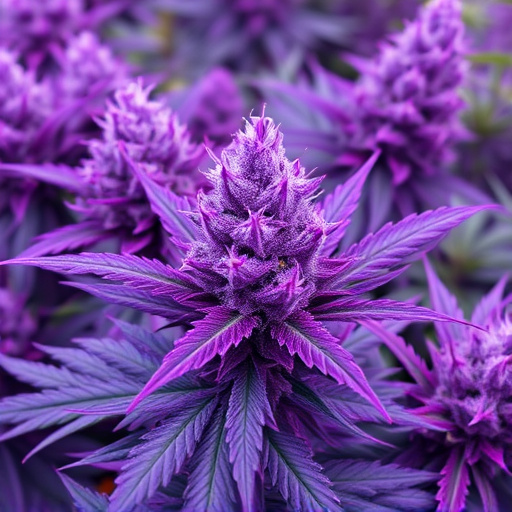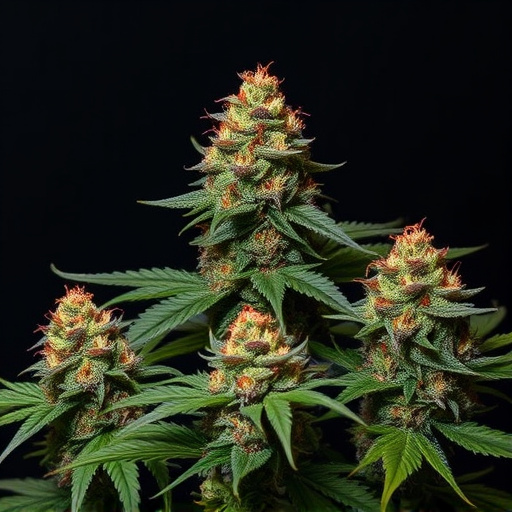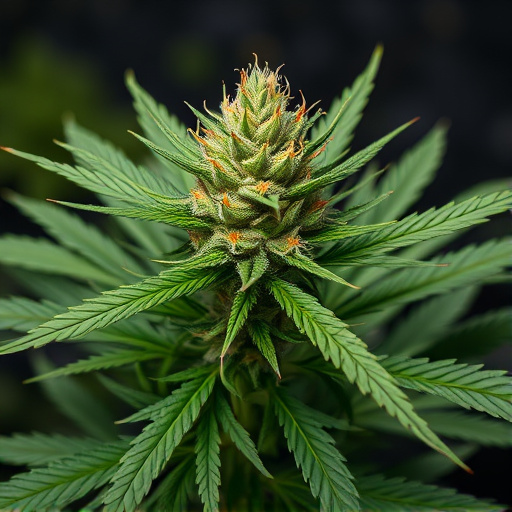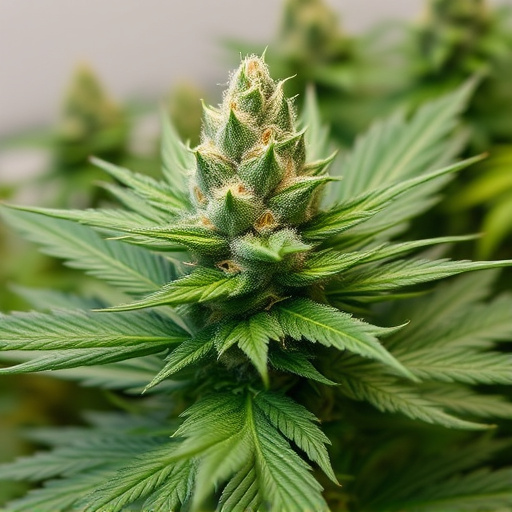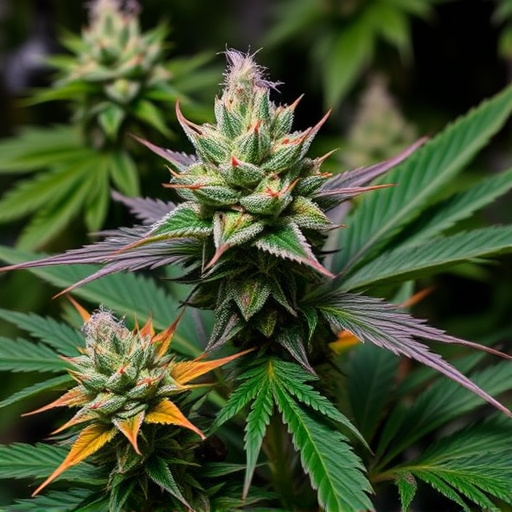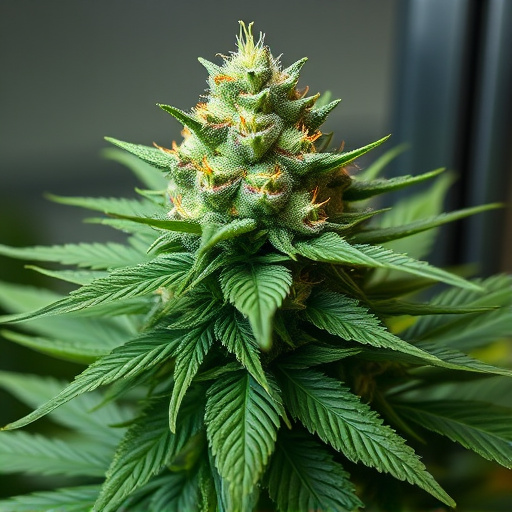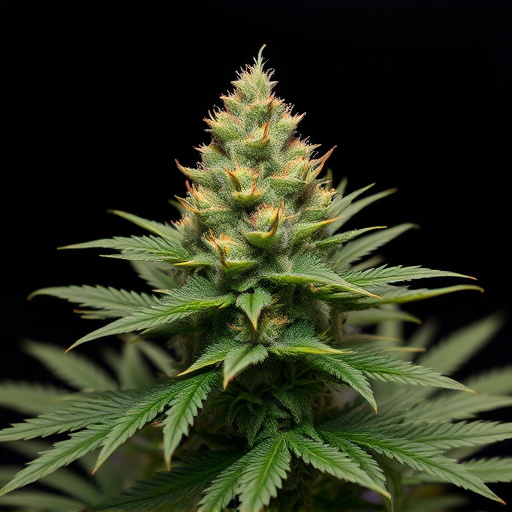TL;DR: New cannabis strains with varying THC levels and terpene profiles offer consumers more choices, but understanding potency is crucial. Genetic diversity, growing conditions, and processing methods influence cannabis strength. Nutrition plays a significant role in how individuals absorb and react to cannabis, with fat-rich foods enhancing THC effects and specific vitamins/minerals from fruits and vegetables potentially interacting with the plant's compounds. Consumers can now select strains tailored to their desired mood or needs, personalizing their cannabis experience while managing potency and side effects.
“Unraveling the impact of nutrition on your favorite strain is a fascinating journey into the science behind cannabis potency. While commonly believed that certain foods enhance its effects, understanding how diet interacts with this complex plant is key. This article delves into the factors influencing cannabis strength, exploring how nutrition can either amplify or alter the experience of new cannabis strains, each with their unique characteristics and growing popularity.”
- Understanding Cannabis Potency and Its Factors
- The Role of Nutrition in Enhancing or Masking Weed Effects
- Exploring New Cannabis Strains and Their Unique Characteristics
Understanding Cannabis Potency and Its Factors
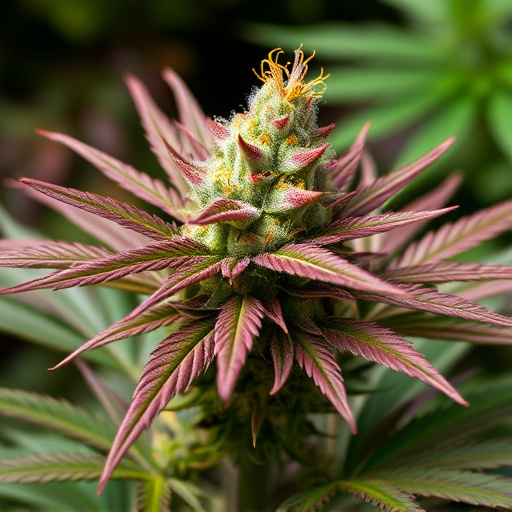
Cannabis potency refers to the concentration of THC (tetrahydrocannabinol), the primary psychoactive compound responsible for its intoxicating effects. Understanding potency is crucial when considering how different foods might impact its strength. Several factors influence cannabis potency, including plant genetics, growing conditions, harvesting time, and processing methods. Modern advancements have led to the development of new cannabis strains with varying levels of THC and other cannabinoids, expanding options for consumers but also adding complexity to potency discussions.
The interplay between these factors determines the final potency of a cannabis product. For instance, specific genetic traits can produce higher THC concentrations, while optimal growing conditions facilitate better absorption of essential compounds. As the cannabis industry evolves, with legalizations and increased research, new insights into strain characteristics and their effects on users are emerging. This knowledge enables consumers to make informed choices, especially when considering how dietary intake might interact with these potent compounds.
The Role of Nutrition in Enhancing or Masking Weed Effects

The role of nutrition in enhancing or masking weed effects is an intriguing aspect often overlooked in discussions about cannabis consumption. While the primary focus tends to be on the plant’s chemical composition, what we eat can significantly influence how our bodies process and react to its compounds. Nutritional intake plays a crucial part in the overall experience, especially as the market introduces new cannabis strains with varying potency and unique chemical profiles.
Certain foods can potentially amplify the effects of THC, the primary psychoactive compound in cannabis, leading to more intense high sensations. For instance, consuming fats-rich meals before or during consumption has been linked to increased absorption and bioavailability of THC. Additionally, some vitamins and minerals found in specific fruits and vegetables may interact with cannabis compounds, enhancing or modifying their effects. Conversely, certain dietary choices might also help mitigate unwanted side effects, offering a way to mask the potency for those seeking a milder experience.
Exploring New Cannabis Strains and Their Unique Characteristics
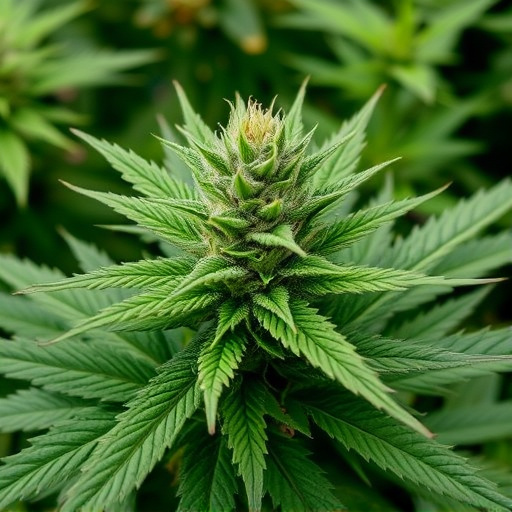
When exploring the world of cannabis, one of the most exciting aspects is discovering new strains and their distinct properties. The market for cannabis has exploded with a vast array of options, each boasting unique characteristics that cater to diverse user preferences. From potent THC levels to specific terpene profiles, these new strains offer something for every type of consumer.
Terpenes, for instance, are aromatic compounds that contribute to the flavor and potential therapeutic effects of cannabis. Different strains have varying terpene makeups, which can influence the overall experience. Some terpenes are known to enhance relaxation, while others may induce a more energizing effect. As such, consumers can now choose strains tailored to their desired mood or specific needs, making the cannabis experience highly personalized.
In conclusion, while nutrition’s impact on cannabis potency is an intriguing aspect, understanding the nuances of different new cannabis strains and their unique characteristics remains paramount. Factors like cultivation methods, genetic makeup, and curing processes play significant roles in determining a strain’s strength. Nutritional considerations can influence how one perceives the effects, but they don’t inherently make weed stronger; instead, they enhance or alter the experience. As the legal landscape continues to shift, staying informed about these dynamics ensures consumers make educated choices when exploring various new cannabis strains.
